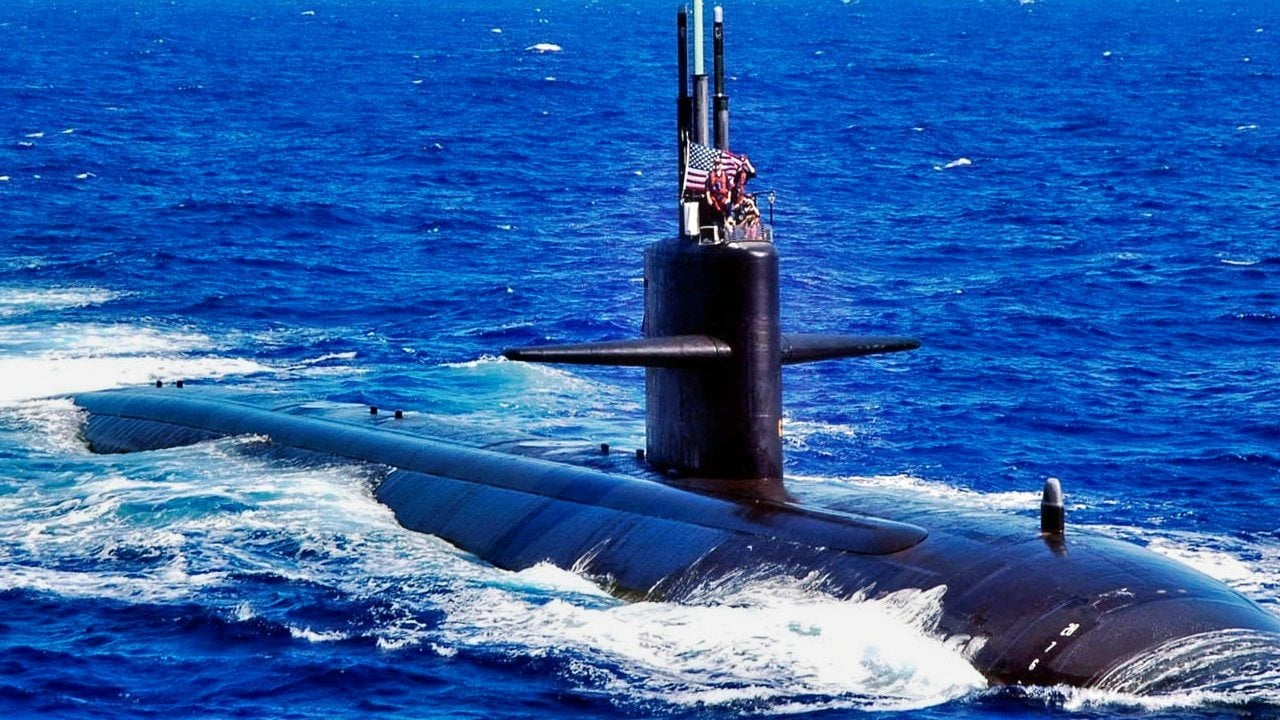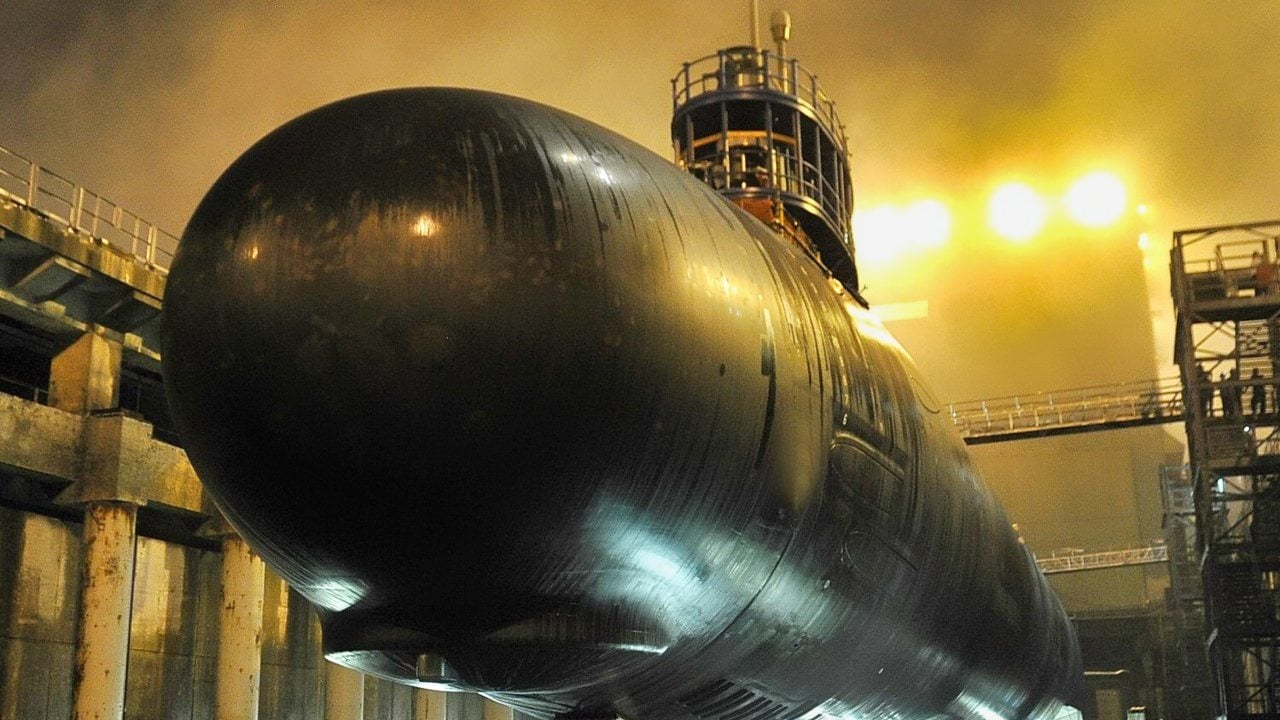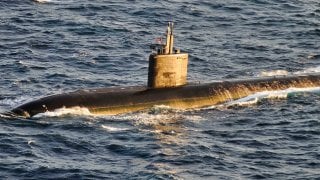The 1 Thing That Can Destroy a U.S. Navy Nuclear Attack Submarine
The USS Miami, a Los Angeles-class attack submarine, met a tragic fate in 2013 when arson destroyed it at the Portsmouth Naval Shipyard. Despite being a critical asset, the Navy chose to scrap the damaged submarine rather than repair it.
Fire Can Destroy any Submarine: The USS Miami, a Los Angeles-class attack submarine, met a tragic fate in 2013 when arson destroyed it at the Portsmouth Naval Shipyard. Despite being a critical asset, the Navy chose to scrap the damaged submarine rather than repair it.

-Civilian contractor Casey James Fury, struggling with mental health issues, admitted to starting the fire to leave work early. This incident highlights vulnerabilities within Navy security, especially against potential foreign threats.
-As U.S. submarines remain key in countering global adversaries, securing shipyards and addressing personnel mental health are crucial steps to prevent similar costly and avoidable incidents.
USS Miami’s Tragic End: A Los Angeles-Class Submarine Lost to Arson
The Los Angeles-class attack submarine is the backbone of the U.S. Navy’s silent service and has been since the 1970s. There are many Los Angeles-class submarines with great legacies.
But one of these submarines – the fourth built in this class, the USS Miami – has a sad story. It is a story that must be better understood in this age of grayzone conflict – or of the “campaign between wars,” as the Israelis define it. It’s also yet another tale of waste by the U.S. Department of Defense.
Built in 1986 at Groton, Conn., by the General Dynamics Corporation, the USS Miami was a nuclear-powered attack submarine that was designed for a variety of missions, including intelligence gathering, insertion of special forces teams into enemy territory, and anti-submarine warfare.
She was equipped with four torpedo tubes and could carry up to 26 weapons, including Mark 48 torpedoes, the ubiquitous Tomahawk cruise missile, and Harpoon anti-ship missiles.
Powered by a single S6G reactor, which provided steam to two turbines driving a single shaft, the Miami had a length of 362 feet, a beam of 33 feet, and a draft of 31 feet. She displaced 6,927 tons when submerged and had a maximum speed of over 25 knots when cruising beneath the waves. The Miami carried a crew of 121 enlisted personnel and was commanded by 12 officers.
The Fire
Despite the advanced nature of this boat, she caught fire on May 23, 2013, while being overhauled at the Portsmouth Naval Shipyard in Kittery, Maine.
The fire started in a forward compartment on the sub and rapidly spread throughout the vessel. It took firefighters an astonishing 12 hours to extinguish the blaze.
The damage done to the submarine was estimated at over $400 million.

After an investigation, Navy authorities concluded that a civilian contractor from the shipyard where the Miami was docked for maintenance, Casey James Fury, started the fire. Apparently, he was struggling with severe anxiety and depression. According to Fury’s own admission after the fact, he set the blaze onboard the submarine in order to get out of work early.
Ultimately, Fury was convicted of arson, sentenced to 17 years in prison, and ordered to pay $400 million in restitution.
Despite the need for submarines and the fact that the boat could have been refurbished (or at least sold to an allied nation in need of the system, such as Japan, Taiwan, or Australia), the Navy opted instead to simply scrap the boat. This follows a pattern that has been repeated for years, even though the Navy does not have enough newer submarines to replace the Los Angeles-class subs.
So, one mentally disturbed contractor was able to obliterate a system that costs a little more than $1 billion to build and hundreds of millions of dollars to maintain over the course of its service to the country.
A Total Waste
But the really interesting and frightening part of the story was how one unarmed man could do that kind of damage to the Miami. Imagine if he were serving foreign interests.
Over the last several years, there has been a steady increase in attempts by foreign nationals to illegally enter Navy bases in the United States.
Who’s to say that China’s pernicious intelligence operations directed against US military targets within the United States doesn’t involve sabotaging US nuclear submarines while they are in port?
This could prove to be seriously threatening to U.S. forces from a strategic perspective, especially since the submarine force will be the most important element of the U.S. Navy’s response to a potential war with China.
Better security at our bases, a greater understanding of the mental health of sailors as well as contractors, and a sustainment of the aging Los Angeles-class submarine fleet – as well as the selling to allies’ navies of excess units about to be retired – are all ways forward.
Author Experience and Expertise: Brandon J. Weichert
Brandon J. Weichert, a National Interest national security analyst, is a former Congressional staffer and geopolitical analyst who is a contributor at The Washington Times, the Asia Times, and The-Pipeline. He is the author of Winning Space: How America Remains a Superpower, Biohacked: China’s Race to Control Life, and The Shadow War: Iran’s Quest for Supremacy. His next book, A Disaster of Our Own Making: How the West Lost Ukraine, is due October 22 from Encounter Books. Weichert can be followed via Twitter @WeTheBrandon.
All images are Creative Commons or Shutterstock.
From the Vault
Russia Freaked Out: Why the U.S. Navy 'Unretired' the Iowa-Class Battleships
Battleship vs. Battlecruiser: Iowa-Class vs. Russia's Kirov-Class (Who Wins?)


